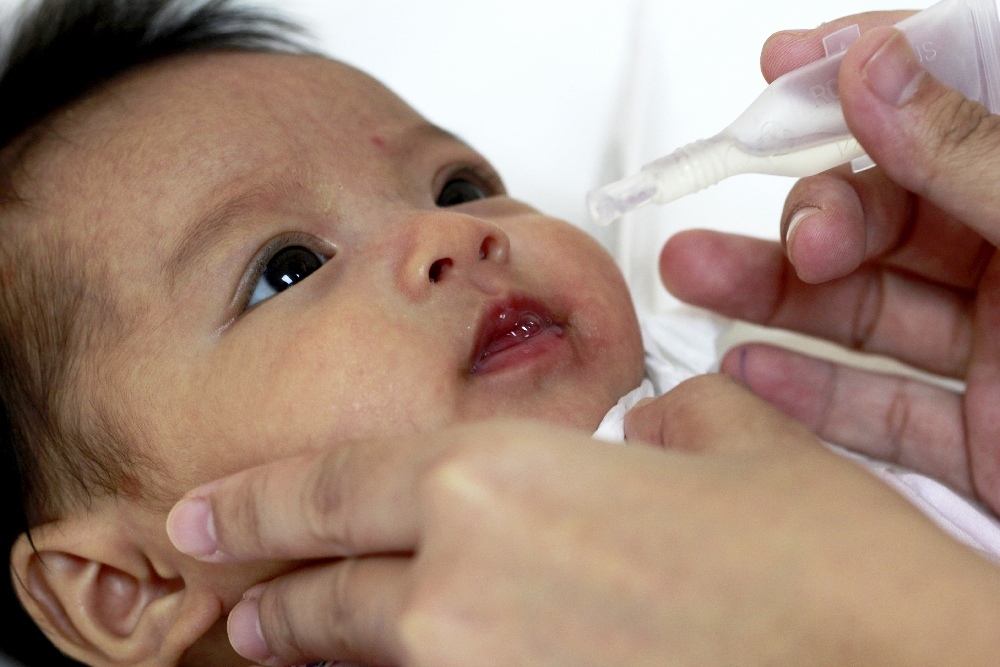Eradicating polio was not something that happened in the flash of an eye – it took years of research and coordinated global efforts. Today, the polio vaccine helps to keep this terrible disease at bay. In doubt? Don’t be, since the vaccine has kept polio eradicated in our country since 2014! Read on to know how eradicating polio went from a wish to a reality, all with the help of vaccines.
What Is Polio?
Poliomyelitis is an infectious viral disease that attacks the nerve cells and sometimes the central nervous system, often causing muscle wasting and paralysis, and even death. The studies conducted on Egyptian mummies suggested the transmission of poliomyelitis during ancient times.
In 1855, Duchenne located the atrophy in the anterior horns of spinal grey matter. It was his finding that lead to the term “poliomyelitis”, derived from the Greek words polios for “gray” and myelos for “spinal cord”. The virus led to polio outbreaks that sadly just seemed to get more disastrous in the early 20th century.
Finding A Vaccine
At first, in the early 1940s, US scientist Jonas Salk began investigating the poliovirus. There were 125 different strains of the virus which fell into three basic types, and he designed his vaccine to protect against these three types.
Salk used a virus grown on monkey kidney cells and inactivated with formalin. A placebo-controlled trial marked the first test of the first inactivated polio vaccine (IPV) in 1954. The trial enrolled 1.6 million children in Canada, Finland and the United States. Later, by the year 1961, paralytic poliomyelitis in the United States decreased from 13.9 cases per 100,000 in 1954 to 0.8 cases per 100,000. This was all due to Salk’s vaccine, and eradicating polio became an attainable goal.
Another researcher, Albert Sabin, developed an orally given poliovirus vaccine (OPV) consisting of three live attenuated Sabin poliovirus strains. He tested his newly developed trivalent oral vaccine to 26,033 children from a city of 100,000 people in South America. OPV provided good antibody levels and had fewer neurotrophic effects. Soon after, the United States licensed the vaccine between 1961 and 1963 for widespread application.
Global Efforts Towards Eradicating Polio
With the development of vaccines against poliovirus, complete eradication of poliomyelitis became an objective globally. In 1988, the WHO proposed worldwide poliomyelitis eradication. Since then, the polio case number has decreased by more than 99%. To date, polio vaccine initiatives have saved more than 16 million lives.
Eradicating polio has been the largest ever internationally-coordinated public effort in history. More than 20 million volunteers worldwide have collectively immunized 3 billion children in the past 20 years. The world can be free of the threat of polio with everyone’s commitment. But, this is why every child must get the polio vaccine for a safer and healthier tomorrow! If you’re worried about missing your child’s vaccination date, download the ImmunifyMe app for timely reminders!
FAQs On Eradicating Polio
Is Polio Eradicated 2021?
Sadly, polio cases still exist in the world. As of September 2021, The Global Polio Eradication Initiative confirmed poliovirus cases in the following countries: Ethiopia, Mali, Nigeria, Sierra Leone, and Tajikistan. India achieved the status of being polio-free in 2014.
How Was Polio Eradicated In The World?
It took history’s largest globally coordinated effort to eradicate polio. Once scientists developed vaccinations for polio, every country across the globe initiated massive vaccination drives. The vaccines helped to immunize people and children from the deadly virus, helping to nearly eradicate polio from the world.
Why Is It Difficult To Eradicate Polio?
The polio virus transmits very easily through human waste, making the spread of the disease very easy in underdeveloped countries. These are also sadly often countries incapable of conducting thorough vaccination drives since they lack the funds, and vaccine hesitancy is rampant due to misinformation. This makes the eradication of polio a bit challenging, but not impossible.
